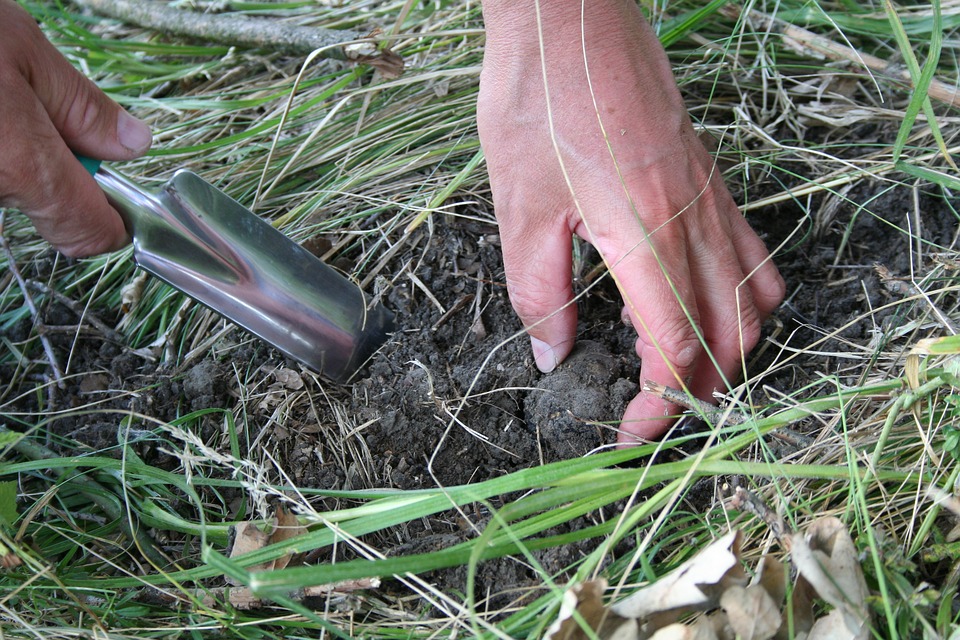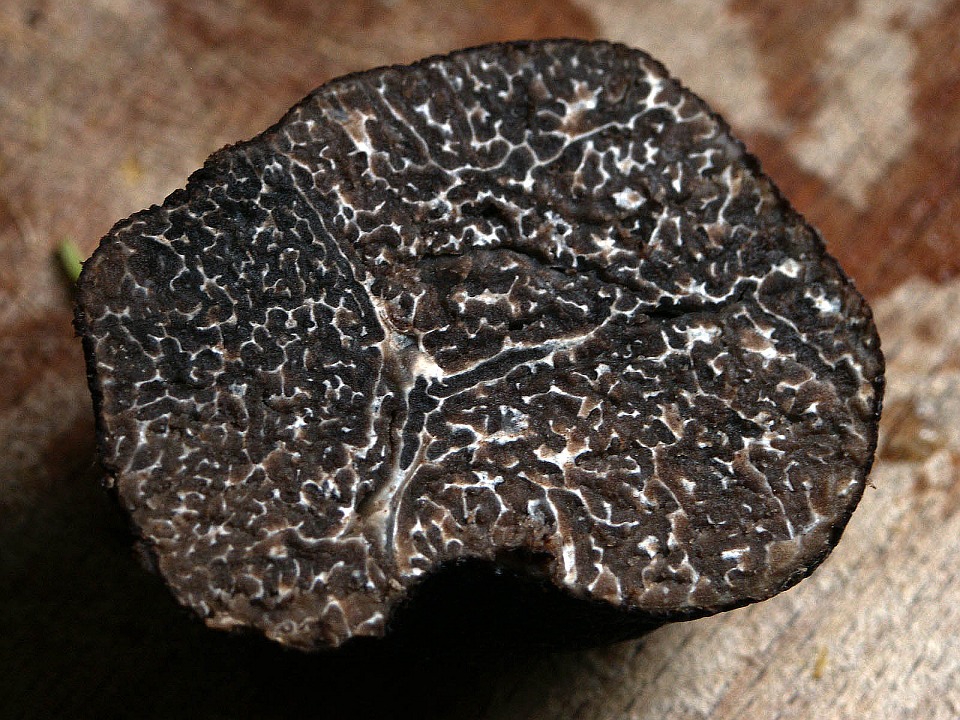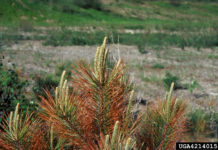Scientists from the University of Cambridge have grown black truffles in the inoculated soil of Monmouthshire, Wales. This, admittedly, is much more temperate than Minnesota, but is still by far the furthest north they have ever grown. As the planet continues to warm, it is only a matter of time before our climate allows them to grow here as well.
We do love our mushrooms (the more pedestrian cousin of the truffle) in Minnesota. We have fantastic morels, and chanterelles, and oysters, hen of the woods, etc. And while there are many kinds of truffles that do grow in the North Star State, this isn’t currently one of them.

Read the published paper here: First harvest of Périgord black truffle in the UK as a result of climate change
If you’re curious, and/or don’t know, the black truffle, aka Tuber melanosporum, Périgord truffle, or French black truffle, is one of the most expensive edible mushrooms in the world. They’re currently only found in the warmer climates and rainy summers of Southern Europe, in high-calcium soil. This means Italy, mostly, and sometimes France and Croatia – which is why this is such a big deal.
And, even in an age where agricultural is increasingly dominated by technology, black truffles are still foraged the old-fashioned way. Because of their unique growing habits (a symbiotic relationship with the oak tree at which they spread their fibers) they are not easily cultivated: Sniffing dogs and/or pigs are still the only way to find them.
Which is most of the reason why they’re so expensive; a 2-4 pound black truffle found in Australia recently sold for over $2,000.
They look like this:

And truly are delicious.
But what will this increase in availability mean for the black truffle’s VIP-status?
Ostensibly, they won’t be as expensive or hard to get, which means they’ll show up a lot more in dishes by chefs trying to show off their pedigree, or just having a little fun with a previously-inaccessible ingredient.
Good thing? For the average eater, yes. The uniquely funky, earthy flavor and scent of the black truffle is the real reason they’re so coveted. They’re a fantastic addition to any plate. And they’re beautiful. If they become abundant here, count us among those who will be celebrating with a plate of Fonduta Con Tartufi or Brouillade De Truffes and a bottle of champagne.
That is, until we devolve into Interstellar-like farming conditions and everything is covered in dust and modern notions of fine dining have rightfully disappeared. Then, and especially then, we’ll be holding our black truffles close to the chest, retreating from the world to eat in peace.
Of course, nothing about this is actually funny. Nor an actual benefit of a rapidly changing climate. The World Health Organization will be the first to tell you that the overabundance of certain foods as a result of a warming/changing climate will do little-to-nothing to offset the damage done by staple foods that will no longer be available:
“Rising temperatures and variable precipitation are likely to decrease the production of staple foods in many of the poorest regions. This will increase the prevalence of malnutrition and undernutrition, which currently cause 3.1 million deaths every year.”
Read next: Minneapolis Posts the EPA’s Deleted Climate Change Data
















